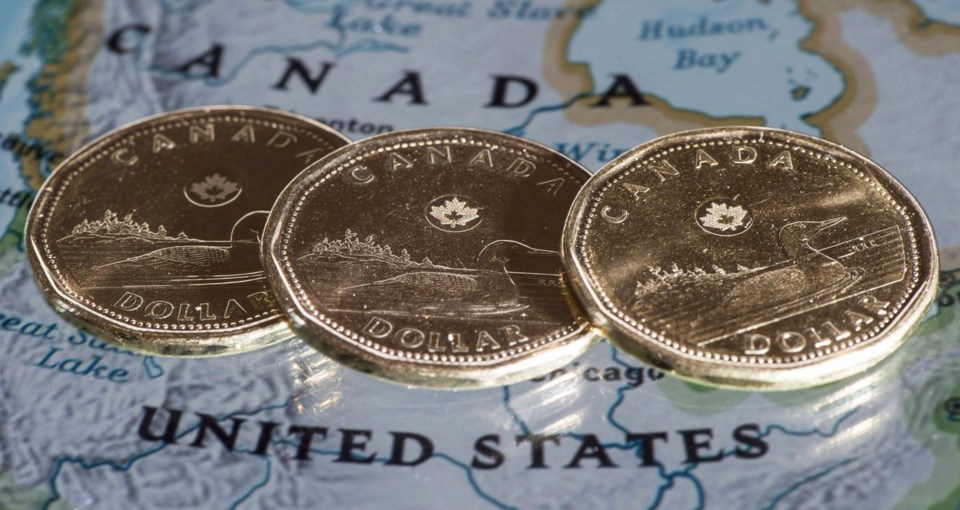TORONTO — North American stock markets plunged at the start of trading, while the Canadian dollar fell to its lowest level in more than two decades after U.S. President Donald Trump announced sweeping tariffs to be enacted Tuesday.
Canada's main stock index was down nearly 600 points after Trump announced over the weekend that the U.S. would impose tariffs of 25 per cent on Canadian goods and 10 per cent on energy.
Canada has promised to retaliate starting with tariffs on $30 billion in U.S. goods on Tuesday. Ottawa also plans to add another $125 billion in tariffs in 21 days on hundreds of other U.S. goods after consulting with industry.
The S&P/TSX composite index was down 587.62 points at 24,945.48 shortly after the start of trading.
Colin Cieszynski, portfolio manager and chief market strategist at SIA Wealth Management, said the market reaction suggests some didn't believe Trump would follow through on his tariff threat to Canada.
"Historically, the markets have liked free trade and not liked tariffs, not liked anything that slows the economy or causes problems, whether it's tariffs, whether it's taxes, whether it's regulation," Cieszynski said.
"The markets tend to like free movement of capital and goods and so when you get something like this, it's sizable and it's a surprise."
Cieszynski noted the widespread stock declines to start the trading week, including for banks, industrials and some tech companies.
"Even Canadian companies with big U.S. operations are still taking a hit," he said.
While markets are still digesting the news, he said the situation may present a buying opportunity for some sectors. But Cieszynski cautioned it's still a "volatile situation right now" and that could change "rapidly."
In New York, the Dow Jones industrial average was down 476.45 points at 44,068.21. The S&P 500 index was down 89.97 points at 5,950.56, while the Nasdaq composite was down 365.07 points at 19,262.37.
The Canadian dollar traded for 68.20 cents US compared with 69.04 cents US on Friday.
Cieszynski called it a "sizable" drop for one day, adding the loonie was down in line with the Australian dollar and the euro. He said that suggests investors are seeing tariffs as "not just a Canada problem" but one with much broader reach.
"It can even impact countries that aren't necessarily directly being hit by tariffs," he said.
"They can end up causing bigger and broader problems than people think. They think it's targeted, and it ends up being much larger."
Cieszynski said investors will be watching to see how long, and how far, the loonie continues falling.
"Trump has been threatening tariffs for months, and the Canadian dollar has been sinking for months," he said.
"So from here, it's a matter of how long does it drag on, and does it get worse? It's hard to say but it's possible."
This report by The Canadian Press was first published Feb. 3, 2025.
Companies in this story: (TSX:GSPTSE, TSX:CADUSD)
Sammy Hudes, The Canadian Press



